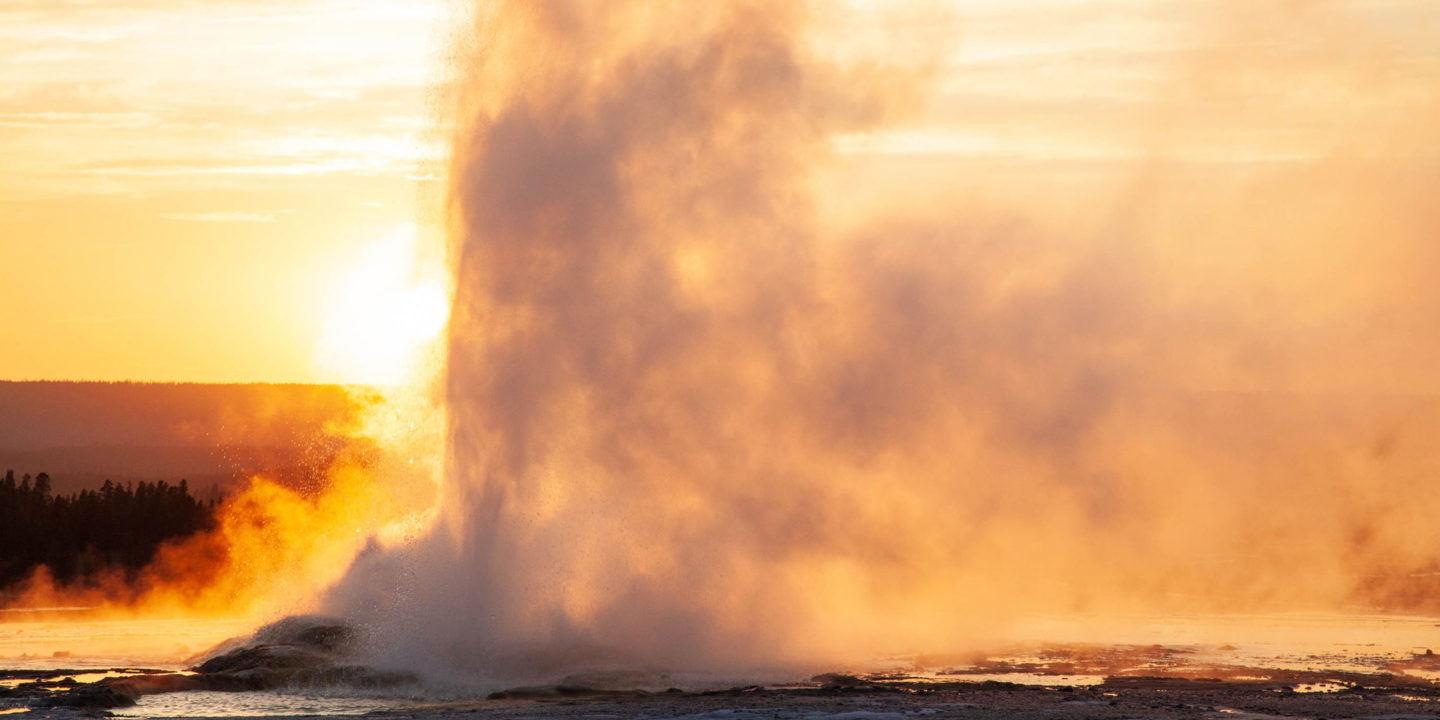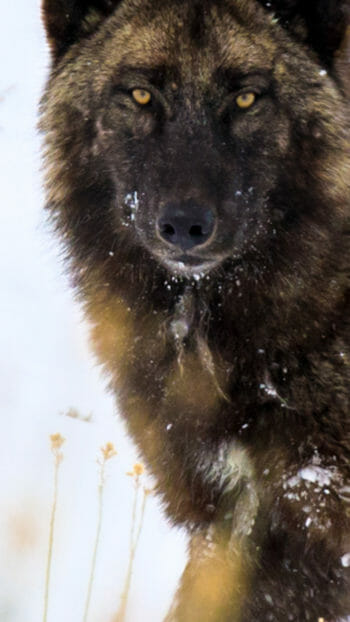What comes to mind when you hear the word ‘geology’? It is about a lot more than just rocks! Geology is a focus that is best experienced in the real world with real life examples in front of you. When you go to a place like Yellowstone National Park, you will realize why geology is a truly awe-inspiring science!

Yellowstone Supervolcano
How can you not be blown away (metaphorically speaking) by knowing you are standing atop one of the world’s few supervolcanoes? Not everyone knows the intense geological history of Yellowstone, but when you do it all makes sense. Geysers like Old Faithful, steaming hot springs like Grand Prismatic, and bubbling, prehistoric looking mudpots. All of this is possible because of the enormous magma chamber that sits just a couple of miles beneath the surface of the vast landscape of the park. To give a little perspective on what makes this a “super” volcano, recent studies have shown that this magma chamber could fill the Grand Canyon 11 times! The last major eruption was roughly 640,000 years ago, well before recorded human history. The only way we can read about what happened in this region is by reading the geology of the landscape. When you visit Yellowstone National Park, you will be right in the middle of one of the most fascinating stories in the history of the US.


Human History of Yellowstone
Human history dates back 11,000 years in the region. Native tribes called this land home long before explorers came through. They hunted and gathered in Yellowstone, most of them migrating south with the elk to lower elevations when winter arrived. They knew the lands intimately, and used every aspect of it. The Shoshone people occupied a territory that spanned from what is now southeastern California all the way up to western Wyoming. The Tukudika band of the Shoshones occupied what is now within the boundaries of Yellowstone. Tukudika means “sheep eater”; this band foraged for 50% of their diet, but the rest was primarily bighorn sheep. They fashioned bows from the horns of large rams by boiling them in the natural hot springs of Yellowstone until they were pliable enough to shape. They also quarried obsidian from Obsidian Cliffs located along the Grand Loop of the park’s road system. Obsidian was extremely valuable as it could make exquisitely sharp knives, arrowheads and other tools. It was also valuable as a trade, and was traded to others hundreds of miles away.
When mountain men showed up in the 1800s, they were awe-struck by the natural beauty and unique geothermal activity that they found. News of these unique wildlands traveled quickly and captivated people back east. In 1872, President Ulysses S. Grant and Congress established Yellowstone as a national park, the very first in the world. They anticipated that exploration of the west and expansion of the US would lead to fast development and degradation of the natural landscape, so places like this needed to be put aside for preservation. Unfortunately, when this happened native tribes were banned from living in the park. They were promised that they could keep their hunting grounds within the park boundaries, but like many promises made to the tribes by the US government, this was not honored. Native tribal people disappeared from the landscape and were resigned to reservations as tourists flocked to the newly established Yellowstone National Park to see the geological wonders that had come to them in paintings and photographs.

Yellowstone Today
Today, Yellowstone’s treasures are fantastically preserved. Paved roads, lodging, and amenities in certain areas for visitors have developed over the years with great care taken to avoid impacting the integrity of the park. The road system was designed around the geothermal features, and lodging was planned so that the grand loop could be seen in five days on a stagecoach. Today we can get around much faster and see so much more in a shorter amount of time. This is made even easier by booking a tour with Jackson Hole Wildlife Safaris. You can see some of the biggest highlights such as Old Faithful, Grand Prismatic, the Grand Canyon of Yellowstone, and several other geothermal features in just one day touring the lower loop of the park starting from Jackson. Begin and end right at your place of lodging with breakfast and lunch for the day provided by your guide. To take in the entire Yellowstone experience, embark on a two-day tour with us! You will immerse yourself in this sprawling wilderness, seeing a staggering lineup of natural wonders. Get your fill of geysers, hot springs, and waterfalls. Venture into the northern range where you will add Mammoth Hot Springs to your list of highlights, and explore the beautiful Lamar valley which is world renowned for wolf watching along the Lamar river.
The list of things to see goes on, and taking a tour with us ensures that you will be guided by a local expert who knows all of the spots worth going to! Not only that, but your visit will also be enriched by an incredible amount of knowledge that each of our guides passionately impart on every tour. Get ready to fall in love with Yellowstone!





